The Gourd Banjo Project /
EXPLORING AND MAKING AN AMERICAN INSTRUMENT
The Handshouse Studio Gourd Banjo Project seeks to illuminate history through hands-on classroom study, exhibitions, workshops and demonstrations of early “American” gourd banjos.
In 2017, Handshouse Studio selected the ‘Banjo’ as our next object to investigate. We were particularly attracted to it as an object that is deeply embedded in the history of the Americas from their earliest beginnings in the 17th c. to the 21st c. As with most of our projects we began with an image found in an early watercolor painting as a point of departure. We were inspired by John Rose’s painting, The Old Plantation that depicts African Americans playing musical instruments in an undetermined ceremony.
Combining a studio-based research and art history class, students and teachers wrestled with the unknowns of this instrument and its music, and sought to recuperate the instrument in relation to histories of labor, race, class, gender, performance, and technology. Although described as traditionally American, the banjo is the product of cultures colliding and is a hybrid form. A recent book by Laurent Dubois, The Banjo, (2016) categorizes the banjo as “America’s African instrument,” but what does that mean and how widely held is that perspective?
Over the past few years of The Banjo Project, our students have reproduced a number of historic gourd banjo replicas based on archival paintings, etchings, two existing early gourd banjos from the 18th century, and contemporary gourd banjos. By making these gourd banjos as close to the original as possible, we learn a little more about who made them, what the banjo may have sounded like, and the complex layered narrative of the banjo in America.
A Brief History of The Banjo
The banjo has an immense history that mirrors the cultural complexities and age of the Americas. To build gourd banjos today is to rethink and reimagine the voyage of the instrument from West Africa to Caribbean slave plantations. The African calabash was replaced by what materials were at hand in the New World and as new generations took up the instrument and added new wrinkles and tunes to its sounds. To learn what the banjo once meant is to ask what it means today.
Fewer than five pre-19th c. gourd banjos exist today, but millions were made. Some European visitors to the West Indies noted the instrument and collected the banza, drawing it and recording what was otherwise largely an oral tradition. The earliest banjos were considered exotic wonders but they evolved to became one of the instruments considered typically ‘American’.
The Old Plantation, water color attributed to John Rose, Beaufort County, South Carolina, 1785 – 1790, owned land and slaves outside of Beaufort South Carolina, he depicted in this painting. The Colonial Williamsburg Foundation. Gift of Abby Aldrich Rockefeller.
“The Old Plantation captures a moment of music and dance among a group of twelve enslaved men and women, all from one plantation. … The banjo is rendered with tremendous, even loving, detail. We see the drumhead mounted into the calabash resonator; and the instrument clearly has four strings, one of them shorter than the other, on a flat neck with peg turners.” … “The technique of the banjo player is also carefully rendered: we can see his thumb and first finger plucking he strings while the rest of his fingers are ready to strum downwards.”
Laurent DuBois, The Banjo.
Stedman Creole Bania at the Nationaal Museum van Wereldculturen | Postbus 212 | 2300 AE Leiden, Netherlands
The Stedman Creole Bania, at the National Museum van Wereldculturen | Postbus 212 | 2300 AE Leiden, Netherlands
“This is the oldest banjo known from the American continent. This copy was made by a slave in Suriname and was collected by Stedman in the 1770's. The parts used for this purpose are a calabash that serves as a sound box, a sheep skin stretched over the sound box, four iron strings (three long and one short and thick) and a neck made of wood. Because one uses a gourd for the banjo, the dimensions are not fixed for the different parts since each calabash differs in size. These kinds of musical instruments probably have their origin in Africa. Because drums and wind instruments that dominated African music were banned in the West Indies and the colonies where African slaves were put to work, they switched to banjos. It was intended for indoor use for the entertainment of the slaves. These days banjos are no longer used and people have switched to the modern banjo, which is not made of gourd."
-Description of the Stedman Bania courtesy of the National Museum van Wereldculturen
The original Haiti Banza, 1840, Musee de la Musique, Paris.
The Haiti Banza, collected by Victor Schoelcher in 1841 and located in the Musée du Conservatoire de Musique of Paris.
“In 2003, an early banjo finally turned up which was clearly akin to some of the earliest banjos made in North America by enslaved African American. The instrument was collected in 1840, by an abolitionist in Haiti and had gone unnoticed in the collection of the Musee de la Musique, Paris for 160 years. The Haiti Banza was rediscovered when Saskia Willeart, of the Musical Instrument Museum, Brussels, was searching for material for her museum's Banjo! Exhibit.”
-Pete Ross, banjo maker, researcher and musician http://www.banjopete.com/

















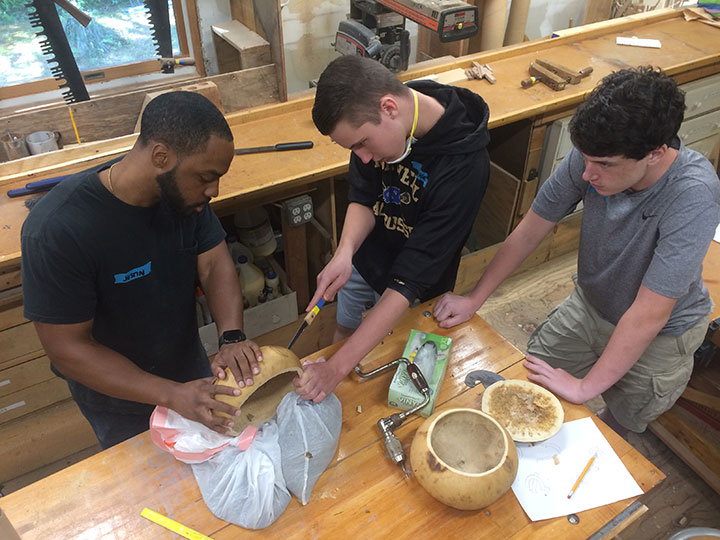
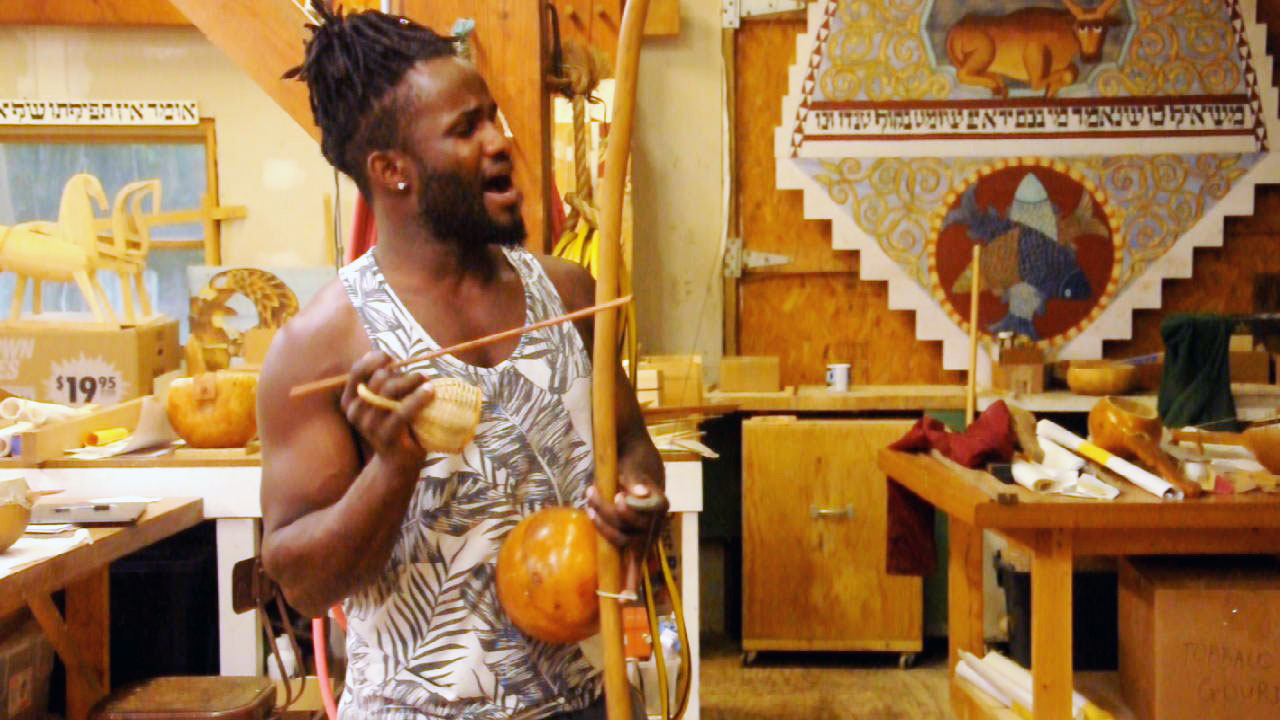
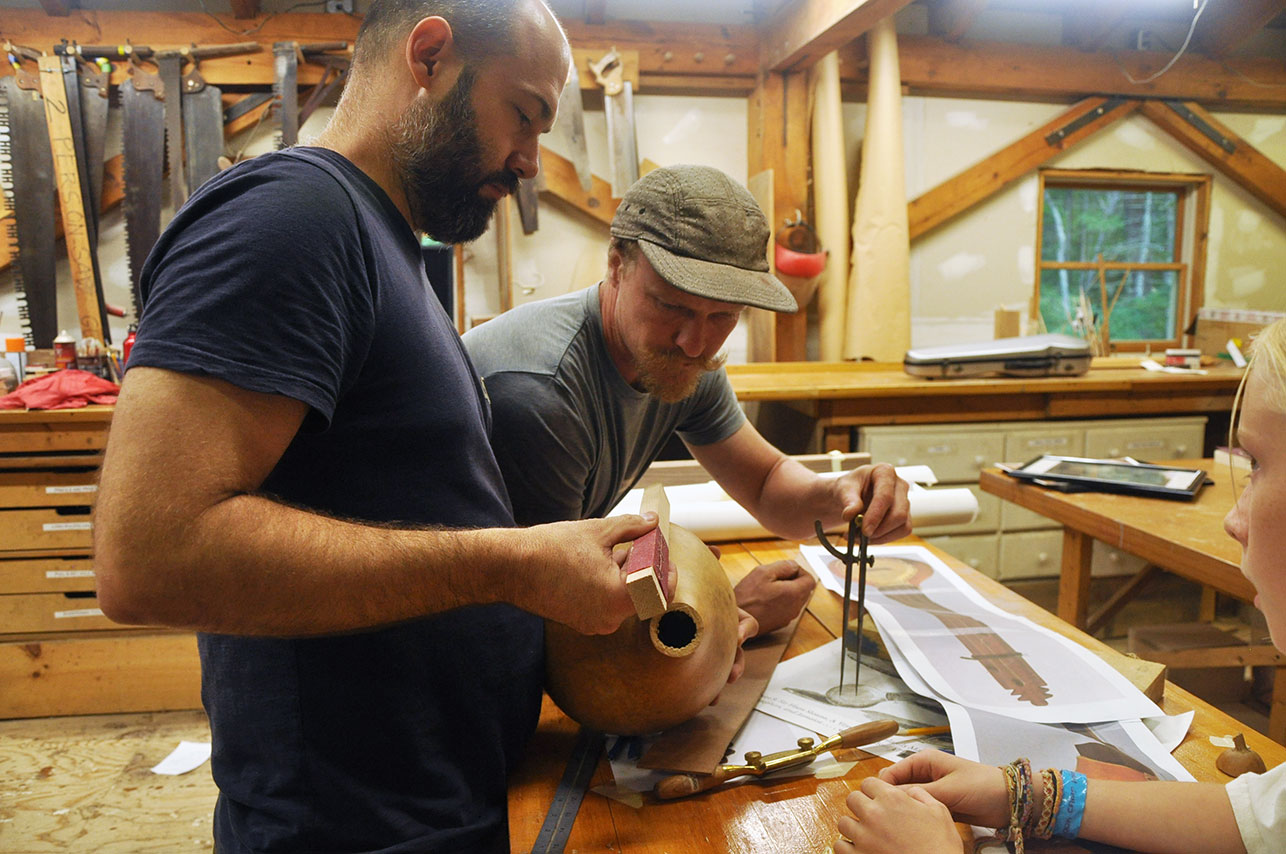
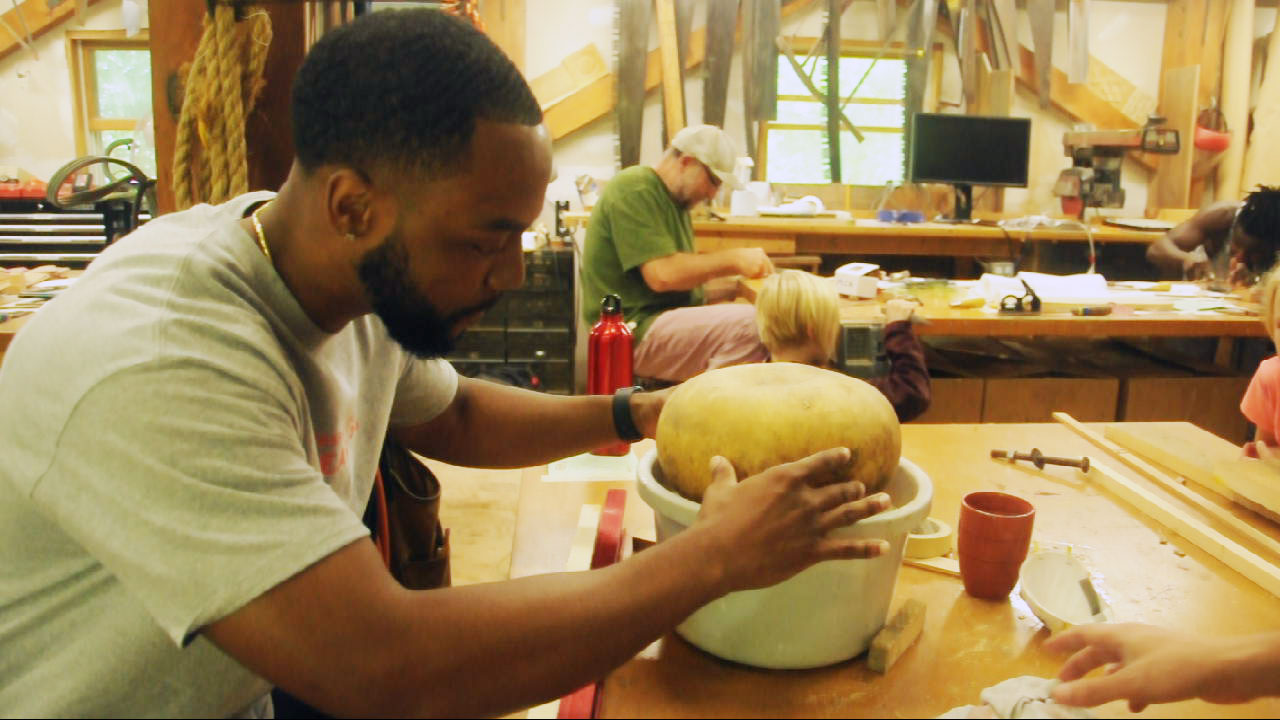
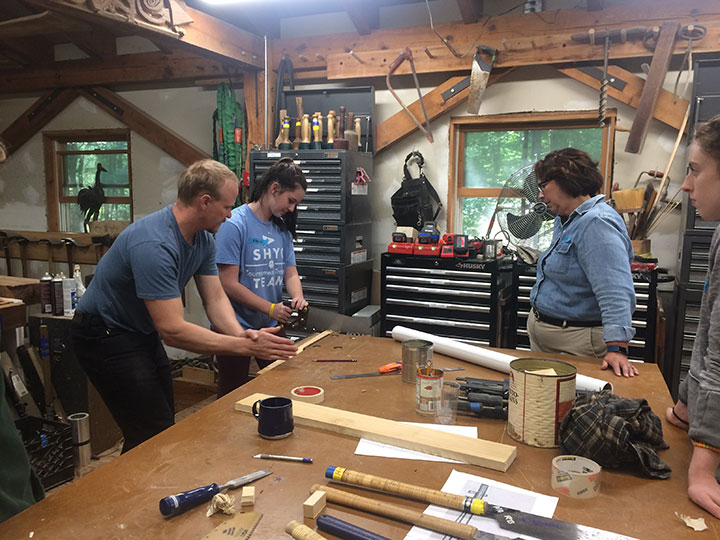





!["Musical Instruments of the African Negroes [of Suriname]." From John Gabriel Stedman's "Narrative of a Five Years Expedition against the Revolted Negroes of Surinam, from 1772 to 1777" (1796).](https://images.squarespace-cdn.com/content/v1/52701ddae4b0764939e3b98a/1526572323973-WJGUTLFVIQHFDQBA8W39/IMG_8142.jpg)

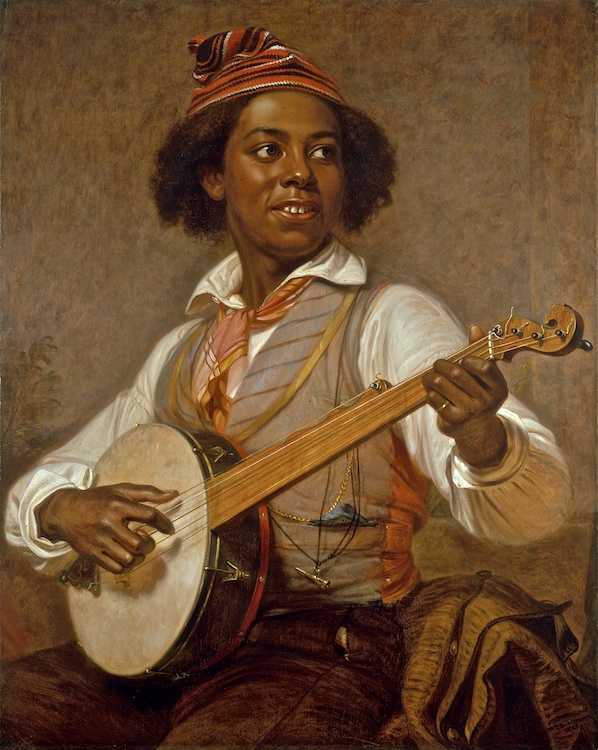



Handshouse Studio has been exploring ways to bring our unique project-based pedagogy to more learners. In July, Art Education faculty, Adriana Katzew, invited Handshouse to be a case subject for her intensive Creating Curriculum summer course at Mass College of Art and Design.